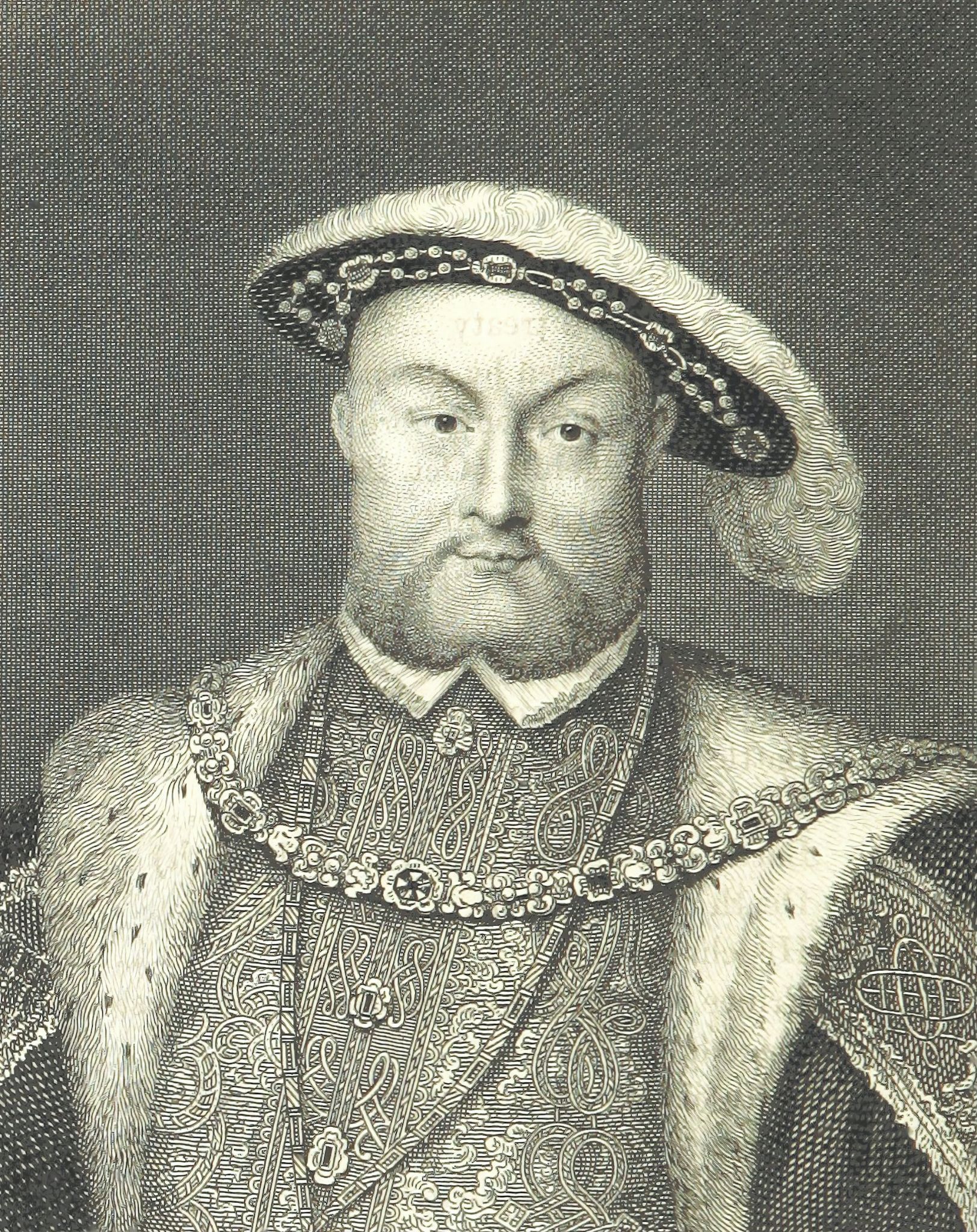How to Find Ancestor's Divorce Records in Genealogy Research
In this article we are going to look at how to find ancestor’s divorce records in our genealogy research. We will also take a look at the history of this practice and what it means in terms of our family history.
What Is a Divorce?
In the most simple terms divorce, also known as dissolution of marriage, is a process whereby a bond of marital union is terminated. It essentially entails the severing of legal ties and obligations associated with marriage freeing the individuals to continue their lives independently of each other and allowing for them to remarry someone else should they choose.

The laws surrounding divorce vary greatly around the world but generally speaking it is a court sanctioned process. It may include distribution of mutual assets, child custody requirements and potentially payment of alimony by one party to another beyond the dissolution of the union.
Generally speaking some form of divorce is legal in most countries around the world with the exception of the Philippines and Vatican City. It was also illegal in Malta up until a law change in 2011 but now most nations do have some form of legal divorce process.
History of Divorce
The concept of divorce may historically be attached to Henry VIII of England due to his extreme measures of creating his own church to allow himself to divorce but divorce predates this by a long way.
Greco-Roman Culture
The ancient Athenians were not shy about divorce and it was in fact quite frequent as long as sufficient reasons could be presented to a magistrate. The Romans however at least in the early stages of their empire were less prone to divorce.
As the Roman empire grew however its expansion led to Roman civil laws to embrace the concept of "matrimonia debent esse libera" ("marriages ought to be free"). This essentially meant that either party in the union could renounce their marriage at will.
Later however under the Christian emperors Constantine and Theodosius divorce became more restricted only permitting it for grave cause. It would again later be relaxed by Justinian the Great in the 6th century.
Medieval Europe
As the Roman empire collapsed Europe’s laws started to become a more ecclesiastical issue meaning that the dominant religion in a nation would dictate most of the rules. Dominated by the Catholic and Orthodox Churches during the medieval era in Europe there were differing attitudes to divorce during this period.
The Orthodox Church still accepted that some grounds for divorce existed although it was still rare in the nations dominated by this sect. Catholic led countries however were very much anti-divorce as it considered marriage to be a sacrament instituted by Jesus Christ meaning that humans had no authority to dissolve such a union.
Henry VIII and the Reformation
When King Henry VIII drastically split from the Catholic church in the 16th century it triggered the Reformation. Marriage became viewed as a contract rather than religious union as it was in the Catholic faith meaning that civil authorities could assert power to dissolve marriages.

Courts would now have power to determine eligibility for divorce and also the manner in which a marriage would be dissolved. Older religious rulings on divorce still remained as the roadmap the courts would use for crafting their own laws but the practice of divorce became more common in the newer protestant religions.
Why Are Divorce Documents Important to Genealogists?
Divorce is unquestionably a life event that may occur in an individual's history but is it really important to our understanding of an ancestor? Obviously births, marriages and deaths are the top three vital records we seek for our ancestors but why do we need to know about divorces?

The simple answer is that a divorce is not always the end of a person's married life. When two people legally divorce it leaves them able depending on the law to remarry another person. This obviously is important to our family history especially if we face confusion in attaching records to an ancestor.
As an example let's assume we have a marriage record for an ancestor and a birth record. There’s a problem though because the birth record seems to connect with an earlier marriage record to a different individual. We are now worried that the marriage record we have already may not be the same person as the birth record. At this point finding a divorce record from the first marriage can tell us that the person we are researching was free to remarry and did so.
Often we assume or hope a divorce record exists to solve such issues. We usually don’t just stumble upon divorce records; we often find evidence that a couple has split up and are no longer living together. This then will lead us to search for the legal documents which tell us why and when the marriage fell apart, information that is important to our understanding of our ancestors.
Clues that Your Ancestor Had a Divorce
Mysteries pop up in genealogy all the time and certain clues can make it obvious that a divorce may have happened and should be looked into. Below are some of the possible clues that might trigger a search for divorce documents.
- A very obvious first clue of a divorce may be a marriage record indicating that one party was previously divorced.
- Census records may indicate that children have a different last name from the head-of-household, or even describe them as stepchildren to that person. This may indicate that their other biological parent either died or if this person is known to be alive from your research there must have been a divorce.
- From the 1880 US Federal Census onward, look for the letter D in the marital status column of the census.
- You may find a listing in a local newspaper whereby the divorce has been announced for legal purposes. This is usually to make it clear that one party is no longer responsible for the other.
- Probate papers may mention children by a different spouse or financial obligations to a former spouse.
Research the Divorce Laws Pertinent to Your Ancestors
When tracing a divorce record for specific ancestors it is important to consider the laws surrounding divorce in the region and within the faith that your ancestors lived. This will give you an idea of where you should be searching for any available records.
Often court based, knowing where the divorce most likely took place will tell you where you should be looking for the evidence. A California divorce record for example is not going to be legally listed in many other places than within the state of California.

Refine your search to at least the county level as this will help you locate either physical or if possible online records of the event. Depending on the location of the event you may only be able to access the records by attending the place they are physically stored.
Use Online Records
There are extensive online divorce and court records on websites such as Ancestry.com and Familysearch.org. It may be a good first step to search these collections for any digitized versions of records you might be able to locate.
There may not be a copy of the divorce papers online but you may find the event in an index. Using this index you may be able to order a copy of a record or at least be directed to a physical location where you can go to view the original divorce papers.
It is vital to know as much as possible when searching for divorce papers such as the full names of both parties , biographical details of both and roughly when the event would have taken place.
Final Thoughts
The key to locating divorce documents for an ancestor is to first determine that one likely occurred and secondly research the laws surrounding divorce at the time and in the region your ancestors were living. This is a case of the more you know the better chance you have in finding the records you are seeking.
Link To or Reference This Page
We spent a lot of time downloading, cleaning, merging, and formatting the data that is shown on the site.
If you found the data or information on this page useful in your research, please use the tool below to properly cite or reference Name Census as the source. We appreciate your support!
-
<a href="https://namecensus.com/blog/how-to-find-ancestors-divorce-records-in-genealogy-research/">How to Find Ancestor's Divorce Records in Genealogy Research</a>
-
"How to Find Ancestor's Divorce Records in Genealogy Research". NameCensus.com. Accessed on April 27, 2024. https://namecensus.com/blog/how-to-find-ancestors-divorce-records-in-genealogy-research/.
-
"How to Find Ancestor's Divorce Records in Genealogy Research". NameCensus.com, https://namecensus.com/blog/how-to-find-ancestors-divorce-records-in-genealogy-research/. Accessed 27 April, 2024
-
How to Find Ancestor's Divorce Records in Genealogy Research. NameCensus.com. Retrieved from https://namecensus.com/blog/how-to-find-ancestors-divorce-records-in-genealogy-research/.
